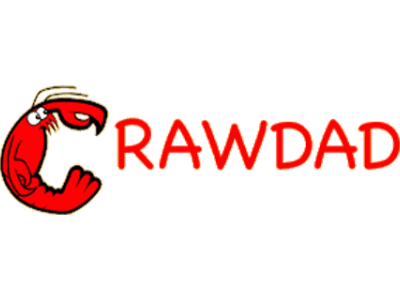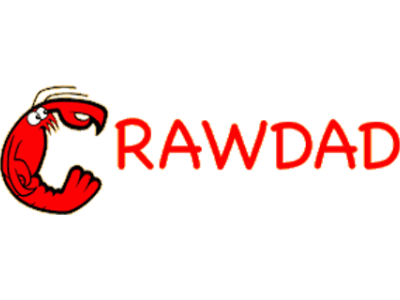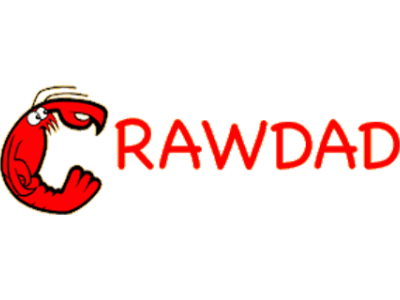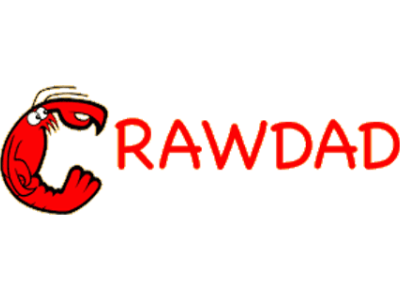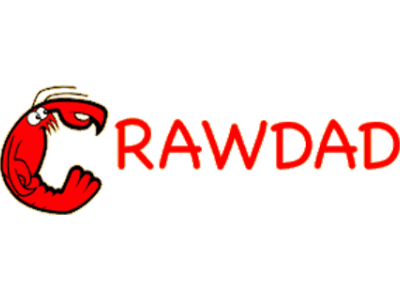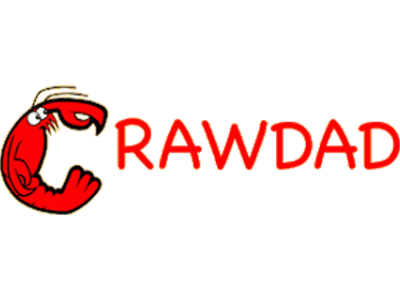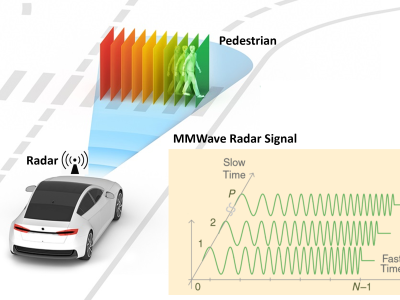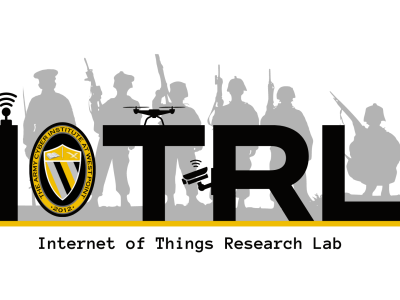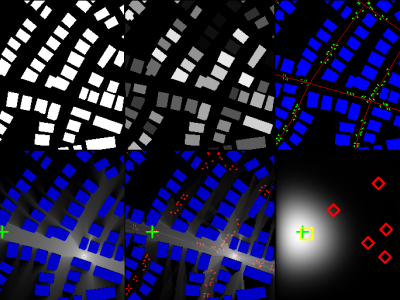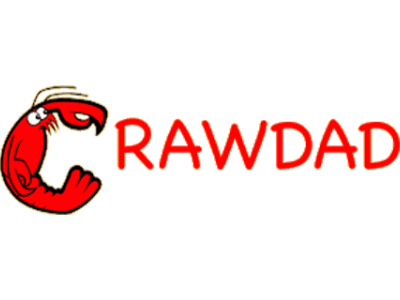CRAWDAD upb/hyccups
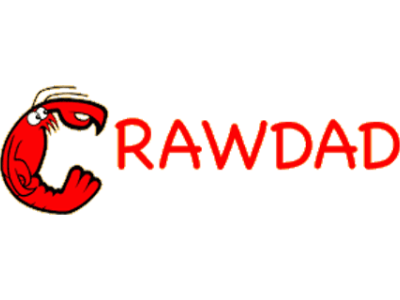
- Citation Author(s):
-
Radu I. Ciobanu (University Politehnica of Bucharest)Ciprian Dobre (University Politehnica of Bucharest)
- Submitted by:
- CRAWDAD Team
- Last updated:
- DOI:
- 10.15783/C7TG7K
- Data Format:
 332 views
332 views
- Categories:
Abstract
Wireless contacts trace collected at the University Politehnica of Bucharest in the spring of 2012, using an application entitled HYCCUPS Tracer (http://hyccups.hpc.pub.ro), with the purpose of collecting contextual data from Android smartphones. It was run in the background and collected availability and mobile interaction information such as usage statistics, user activity, battery statistics, or sensor data, but it also gathered information about a device's encounters with other nodes or with wireless access points. Encounter collection was performed using AllJoyn. The data was collected by constructing and deleting wireless sessions using the AllJoyn framework based on WiFi. Tracing was executed asynchronously. The duration of the tracing experiment was 63 days, between March and May 2012, and had 72 participants, out of which only 42 had at least one contact. By analyzing the participants' Facebook profiles, the social connections matrix was extracted, as well as the users' interests. The trace (and others from the CRAWDAD collection) is parsed within the MobEmu simulator (used in all UPB's papers), publicly available at https://github.com/raduciobanu/mobemu.
date/time of measurement start: Fri Mar 02 17:23:56 EET 2012
date/time of measurement end: Fri May 04 14:08:18 EEST 2012
collection environment: The trace was collected at the University Politehnica of Bucharest, with the 72 participants being students from the facility, as well as teachers and assistants.
network configuration: The network formed by the devices was an opportunistic networks where some nodes are also socially connected, and have common interests.
data collection methodology: Collected using an Android application entitled HYCCUPS Tracer (http://hyccups.hpc.pub.ro), with the purpose of collecting contextual data from Android smartphones. It was ran in the background and collected availability and mobile interaction information such as usage statistics, user activity, battery statistics, or sensor data, but it also gathered information about a device's encounters with other nodes or with wireless access points. Encounter collection was performed using AllJoyn. The data was collected by constructing and deleting wireless sessions using the AllJoyn framework based on WiFi. Tracing was executed asynchronously. By analyzing the participants' Facebook profiles, the social connections matrix was extracted, as well as the users' interests.
sanitization: The data was anonymized by assigning a random ID to each user in the network, starting from 1 up to 73. The same IDs were used for tracing the social connections and user interests. Interests were also anonymized by replacing them with integer IDs from 1 to 5. No private data is part of the trace. Some trace participants did not have a Facebook account, so their social and interest information is not present.
limitation: AllJoyn WiFI contacts can only be collected when the two users are connected to the same wireless access point at the same time, since the connection is created through the AP. For this reason, contacts in this trace have been collected only when an experiment participant had the WiFi on and was connected to an AP.
Wireless contacts trace collected at the University Politehnica of Bucharest in the spring of 2012, using an application entitled HYCCUPS Tracer (http://hyccups.hpc.pub.ro), with the purpose of collecting contextual data from Android smartphones. It was run in the background and collected availability and mobile interaction information such as usage statistics, user activity, battery statistics, or sensor data, but it also gathered information about a device's encounters with other nodes or with wireless access points. Encounter collection was performed using AllJoyn. The data was collected by constructing and deleting wireless sessions using the AllJoyn framework based on WiFi. Tracing was executed asynchronously. The duration of the tracing experiment was 63 days, between March and May 2012, and had 72 participants, out of which only 42 had at least one contact. By analyzing the participants' Facebook profiles, the social connections matrix was extracted, as well as the users' interests. The trace (and others from the CRAWDAD collection) is parsed within the MobEmu simulator (used in all UPB's papers), publicly available at https://github.com/raduciobanu/mobemu.
Traceset
upb/hyccups/2012
Trace of wireless contacts, social connections, and user interests, performed in an academic environment for 63 days, with 72 participants
- files: full_output.txt, social_network.txt, users_and_interests.txt
- description: Wireless contacts trace collected at the University Politehnica of Bucharest in the spring of 2012, using an application entitled HYCCUPS Tracer (http://hyccups.hpc.pub.ro), with the purpose of collecting contextual data from Android smartphones. It was run in the background and collected availability and mobile interaction information such as usage statistics, user activity, battery statistics, or sensor data, but it also gathered information about a device's encounters with other nodes or with wireless access points. Encounter collection was performed using AllJoyn. The data was collected by constructing and deleting wireless sessions using the AllJoyn framework based on WiFi. Tracing was executed asynchronously. The duration of the tracing experiment was 63 days, between March and May 2012, and had 72 participants, out of which only 42 had at least one contact. By analyzing the participants' Facebook profiles, the social connections matrix was extracted, as well as the users' interests. The trace (and others from the CRAWDAD collection) is parsed within the MobEmu simulator (used in all UPB's papers), publicly available at https://github.com/raduciobanu/mobemu.
- measurement purpose: Educational Use, User Mobility Characterization, Routing Protocol for DTNs (Disruption Tolerant Networks), Social Network Analysis, Human Behavior Modeling, Opportunistic Connectivity
- methodology: Collected using an Android application entitled HYCCUPS Tracer (http://hyccups.hpc.pub.ro), with the purpose of collecting contextual data from Android smartphones. It was run in the background and collected availability and mobile interaction information such as usage statistics, user activity, battery statistics, or sensor data, but it also gathered information about a device's encounters with other nodes or with wireless access points. Encounter collection was performed using AllJoyn. The data was collected by constructing and deleting wireless sessions using the AllJoyn framework based on WiFi. Tracing was executed asynchronously. By analyzing the participants' Facebook profiles, the social connections matrix was extracted, as well as the users' interests.
upb/hyccups/2012 Traces
- contacts: Opportunistic contacts between nodes.
- configuration: Contacts between nodes were collected using the AllJoyn framework over WiFi, with the HYCCUPS Tracer Android application (http://hyccups.hpc.pub.ro).
- format: The format is as follows:
observer_ID,observed_ID,contact_start,contact_duration
The IDs start from 1 and go up to 73, the contact start is the time in milliseconds since January 1, 1970, while the contact duration is also in milliseconds.
The contacts may be asymmetrical, since nodes may have different clock values, or may see a contact at a slightly different time.
- social: Social network connections between nodes.
- configuration: The social network was generated from the Facebook information of the trace participants. Users that were Facebook friends at the start of the tracing experiment were considered connected.
- format: The format is as follows:
user_ID,friend_ID,friend_ID,...
The IDs start from 1 and go up to 73. Users not present in this file did not have Facebook when the experiment was performed. Users with no social connections among the other participants do not have anything following their ID (e.g. a user with ID 5 and no social connections is represented as "5,").
- interests: Node interests
- configuration: Node interests were gathered from the categories of Facebook interests when the trace was performed (movies, sports, etc.). There are five interest categories, numbered from 1 to 5.
- format: The format is as follows:
user_ID interest_ID,interest_ID,...
The IDs start from 1 and go up to 73, the interest IDs start from 1 and go up to 5. If a user did not have a Facebook account when the experiment was performed, it is not in the list. For users without interests, the interest 0 is set (i.e. if a user with the ID 7 has no interests, it is written in the trace file as "7 0").
Instructions:
The files in this directory are a CRAWDAD dataset hosted by IEEE DataPort.
About CRAWDAD: the Community Resource for Archiving Wireless Data At Dartmouth is a data resource for the research community interested in wireless networks and mobile computing.
CRAWDAD was founded at Dartmouth College in 2004, led by Tristan Henderson, David Kotz, and Chris McDonald. CRAWDAD datasets are hosted by IEEE DataPort as of November 2022.
Note: Please use the Data in an ethical and responsible way with the aim of doing no harm to any person or entity for the benefit of society at large. Please respect the privacy of any human subjects whose wireless-network activity is captured by the Data and comply with all applicable laws, including without limitation such applicable laws pertaining to the protection of personal information, security of data, and data breaches. Please do not apply, adapt or develop algorithms for the extraction of the true identity of users and other information of a personal nature, which might constitute personally identifiable information or protected health information under any such applicable laws. Do not publish or otherwise disclose to any other person or entity any information that constitutes personally identifiable information or protected health information under any such applicable laws derived from the Data through manual or automated techniques.
Please acknowledge the source of the Data in any publications or presentations reporting use of this Data.
Citation:
Radu I. Ciobanu, Ciprian Dobre, upb/hyccups, https://doi.org/10.15783/C7TG7K , Date: 20161017


